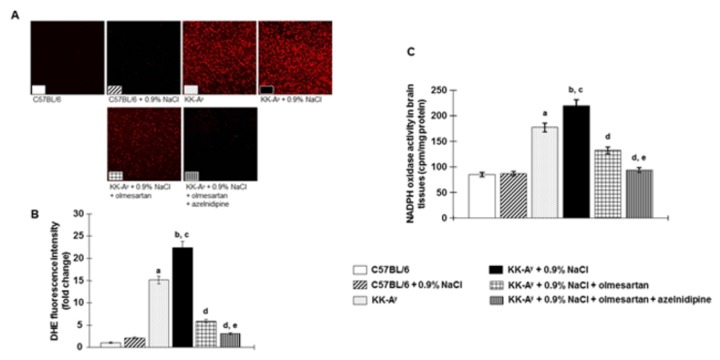Figure 3. NADPH oxidase-dependent superoxide anion production in brain tissues were evaluated by dihydroethidium (DHE) immunofluorescence staining.
A, Representative images of DHE immunofluorescence staining (original magnification, ×200). B, DHE fluorescence intensity (n=8 in each group). C, NADPH oxidase activity in homogenized brain tissues evaluated by lucigenin-enhanced chemiluminescence (n=6 in each group). Saline-dinking KK-Ay mice showed superoxide production in brain tissues and were associated with increased NADPH oxidase activity. Treatment with olmesartan markedly attenuated this superoxide production and suppresses NADPH oxidase activity. Furthermore, the combination of olmesartan plus azelnidipine completely ameliorated this NADPH oxidase-dependent superoxide production to a level similar to that in C57BL6 mice. a P < 0.05 vs. C57BL/6, b P < 0.05 vs. C57BL/6 + 0.9% NaCl, c P < 0.05 vs. KK-Ay, d P < 0.05 vs. KK-Ay + 0.9% NaCl, e P < 0.05 vs. KK-Ay + 0.9% NaCl + olmesartan.

